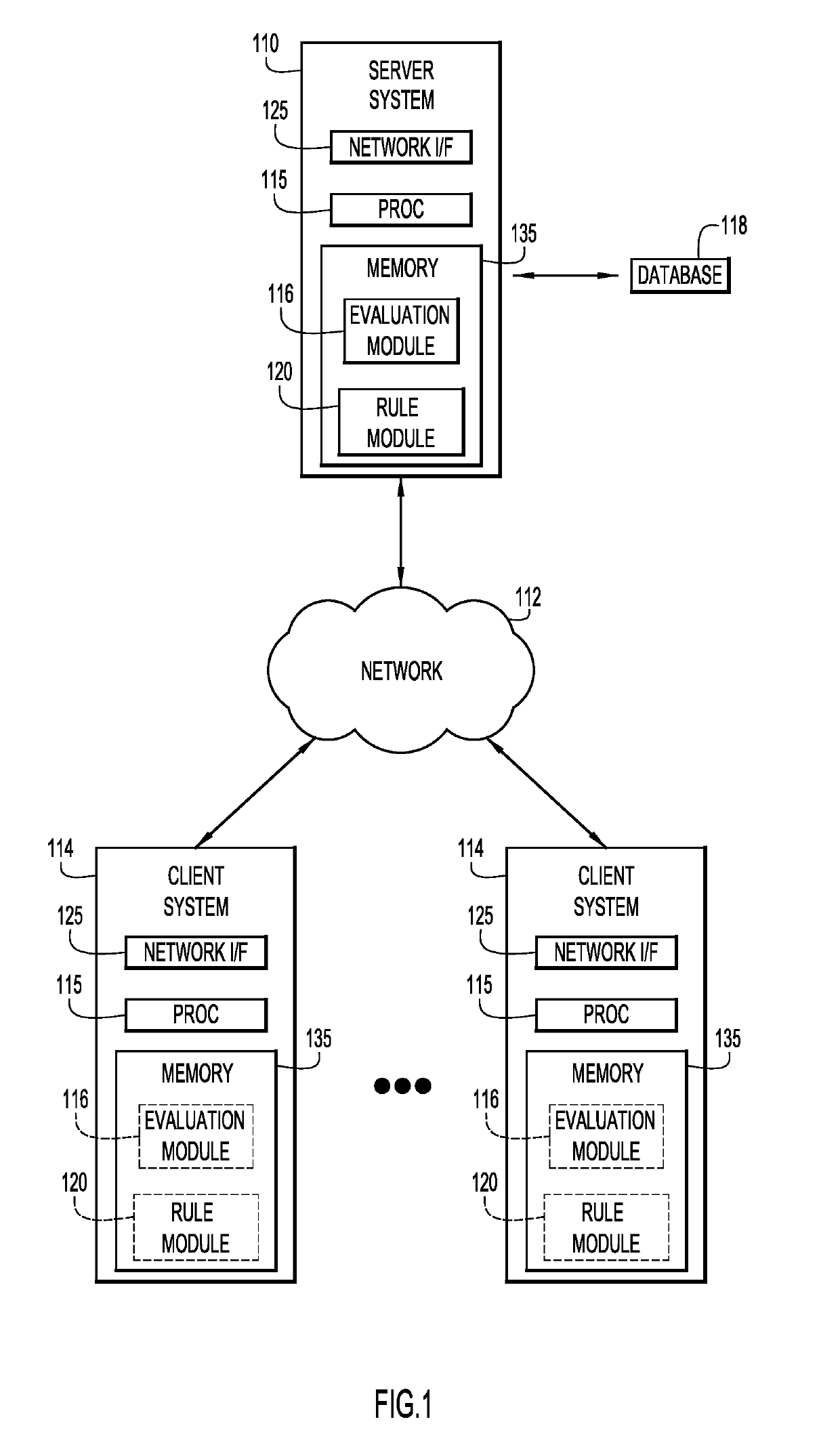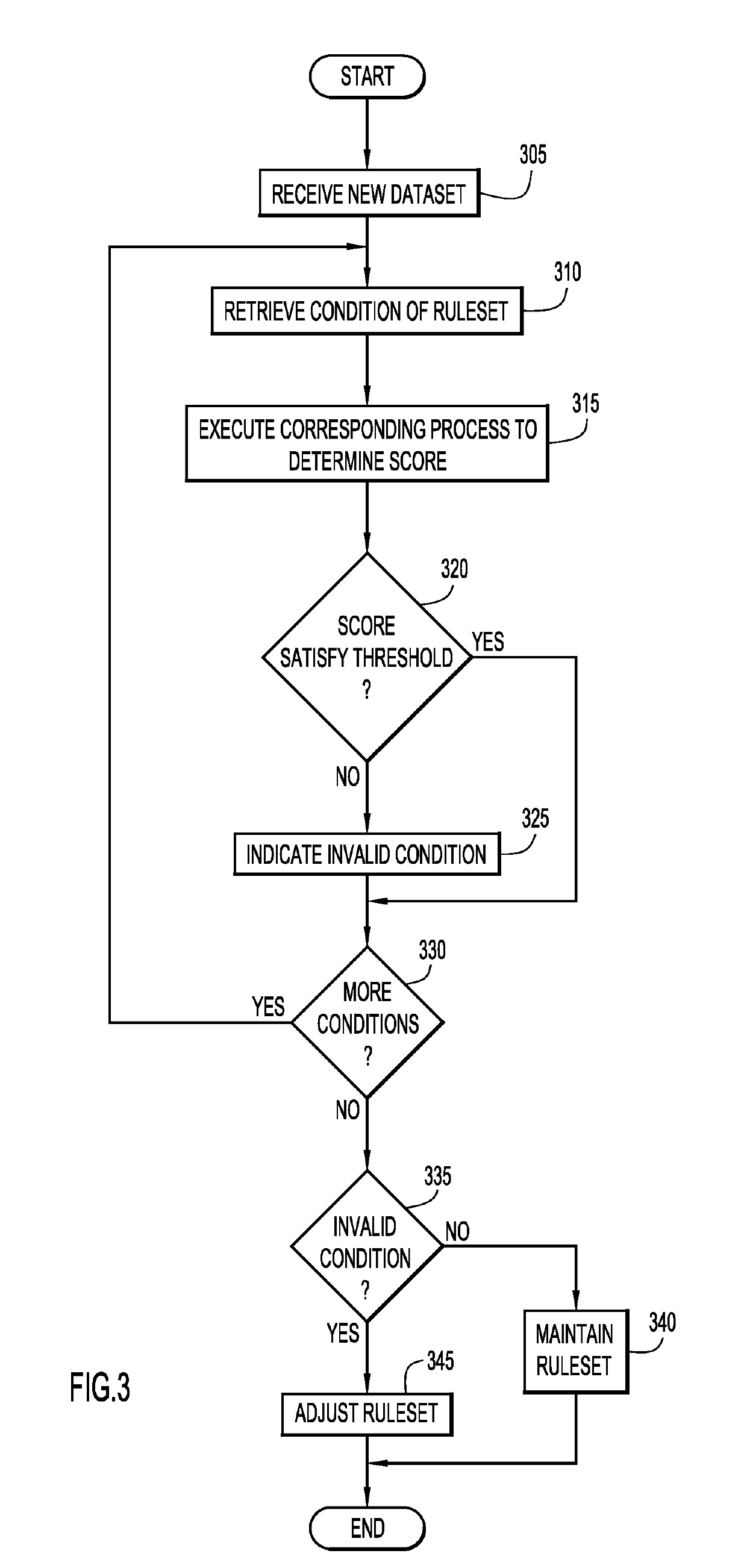Adaptive statistical data de-identification based on evolving data streams
- Summary
- Abstract
- Description
- Claims
- Application Information
AI Technical Summary
Benefits of technology
Problems solved by technology
Method used
Image
Examples
Embodiment Construction
[0019]Present invention embodiments pertain to automated, periodic re-evaluation of a data de-identification ruleset over a dataset (or data stream) with respect to an ability of the data de-identification ruleset to offer sufficient data de-identification (compliant with data de-identification requirements of laws, policies, standards, etc.). Present invention embodiments dynamically transit from a current data de-identification ruleset for data de-identification to another (expert-provided) data de-identification ruleset, when the current data de-identification ruleset is no longer offering sufficient privacy protection. Present invention embodiments may be used to support expert determinations that offer a much higher level of data protection than existing ones. This eliminates a need to revise the expert determination every 1-2 years, and ensures that the applied data de-identification rules will not become outdated and leave the data vulnerable to privacy attacks.
[0020]Static d...
PUM
 Login to View More
Login to View More Abstract
Description
Claims
Application Information
 Login to View More
Login to View More - R&D
- Intellectual Property
- Life Sciences
- Materials
- Tech Scout
- Unparalleled Data Quality
- Higher Quality Content
- 60% Fewer Hallucinations
Browse by: Latest US Patents, China's latest patents, Technical Efficacy Thesaurus, Application Domain, Technology Topic, Popular Technical Reports.
© 2025 PatSnap. All rights reserved.Legal|Privacy policy|Modern Slavery Act Transparency Statement|Sitemap|About US| Contact US: help@patsnap.com



